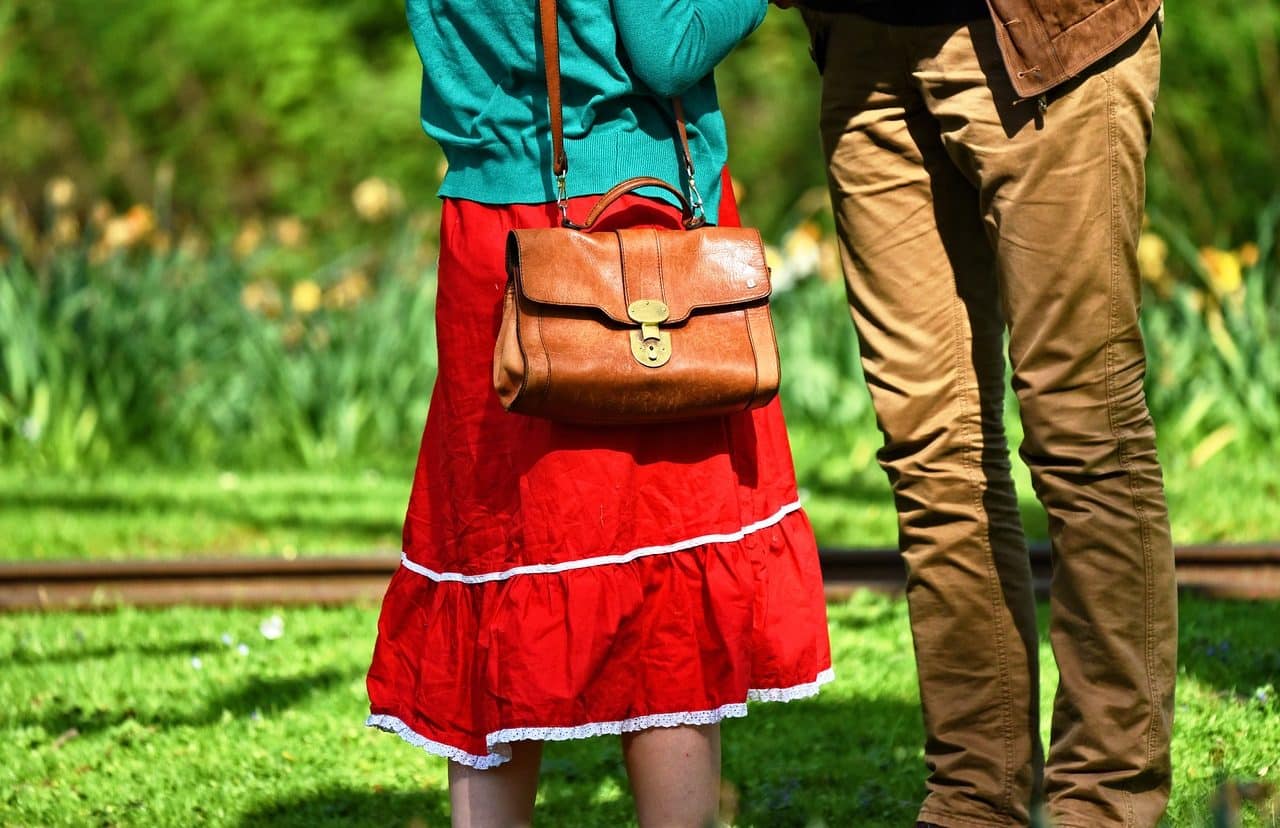
The skirt is a garment that can cover the legs completely or partially.
A skirt is a piece of clothing that extends from the waist down . The skirt, therefore, is part of the set of clothing that a person can wear.
Description
The usual thing is for the skirt to hang from the waist . In this way, it allows the legs to be covered. Its extension, however, is variable; That is why it can cover the entire legs, reach the knees or even be shorter.
Skirts can be made with different fabrics. It is important to mention that they do not have a division, so they do not have differentiated sectors for each leg like pants .
Many times garments such as the sarong or the skirt are mentioned as skirts. If the garment is very short, it is called a miniskirt .
Garment for women and men
In Western countries, skirts are considered feminine wear . This means that it is not common for a man to wear a skirt. However, in some cases the men's skirt is included in the traditional clothing of certain regions.
The traditional example of a men's skirt is the kilt , also called a kilt . Nowadays men in Scotland often wear this skirt at special events.
Other meanings
Other meanings of skirt recognized by the Royal Spanish Academy ( RAE ) in its dictionary refer to a woman 's lap; to the textile product that allows you to dress certain tables ; and to the lower area of a mountain range .
History
The skirt is a garment that has evolved throughout history and has been worn by men and women in different cultures. Its origin dates back to cave times , where humans used animal skins to cover their bodies.
In ancient Greece, the skirt was a garment exclusively for men, and was known as a chiton . It was characterized by being a long, wide tunic that covered the body from the shoulders to the ankles. On the other hand, in Roman culture, the skirt was worn by both sexes, and was known as a toga . This was a symbol of social status and was made with high quality fabrics.
During the Middle Ages, the skirt became an exclusive item for women. At that time, they were long and tight at the waist, and were used together with corsets to highlight the female figure . In addition, they were made with luxurious fibers and decorated with embroidery and rhinestones.
In the 19th century, the skirt became a more practical and comfortable garment: it was shortened to ankle length and made from lighter fabrics such as cotton and linen. In addition, it was combined with blouses and jackets to create more modern and versatile outfits. During the 20th century, it experienced different trends and styles. In the 1920s, it was shortened to the knee and began to be made from silk and satin. In the 1950s, it became long and full again, and was paired with blouses fitted at the waist to create an elegant style .

The length of the skirt has varied considerably throughout history.
Etymology
The word skirt has its origins in the Latin faldĭca , which referred to a type of cape or cloak worn over clothing. Over time, this term evolved to become the one we use today, meaning "garment that covers the legs."
It is interesting to note that the concept of skirt is not exclusive to Spanish: in many languages there are words to refer to this article of clothing or to some whose characteristics are practically equivalent. This shows that the skirt is a universal garment that transcends cultural and linguistic boundaries.
